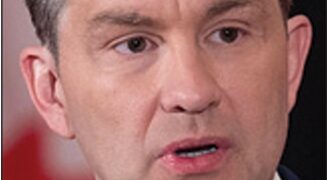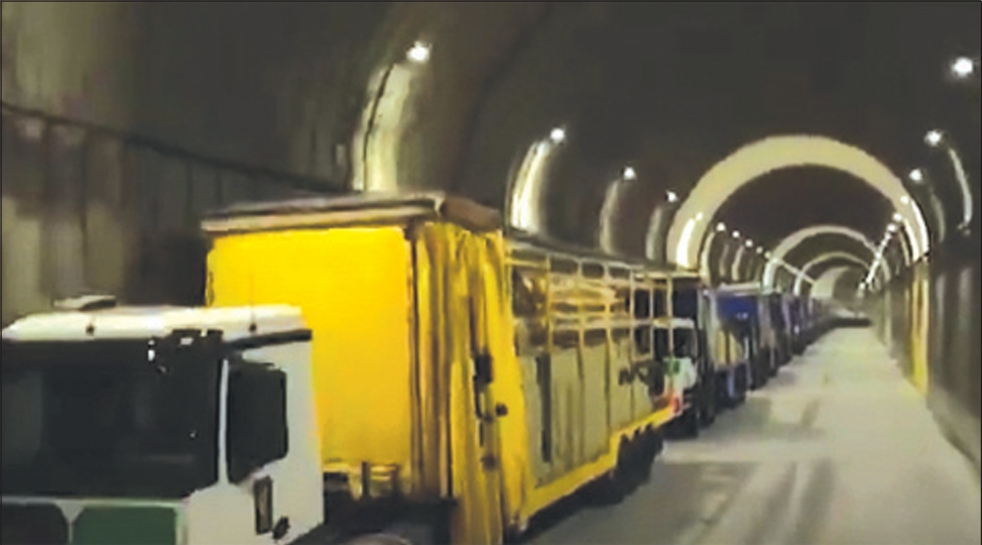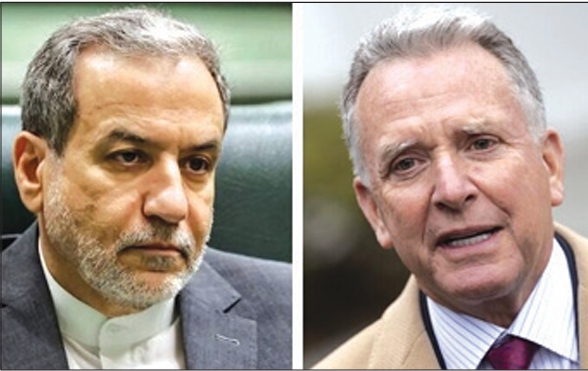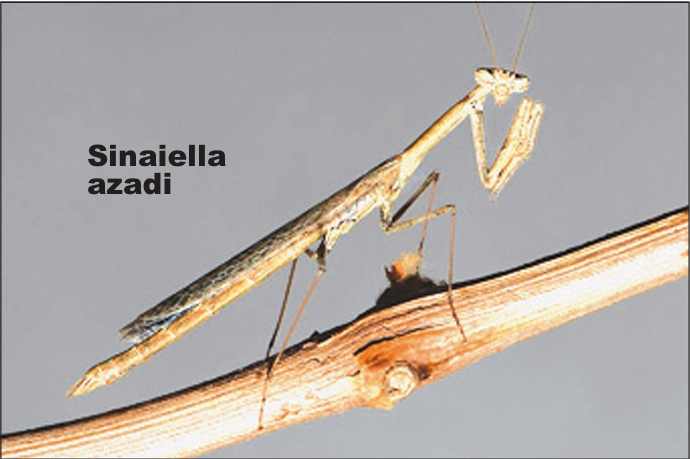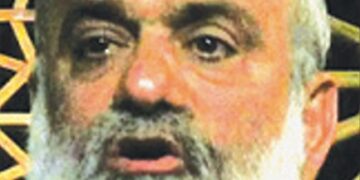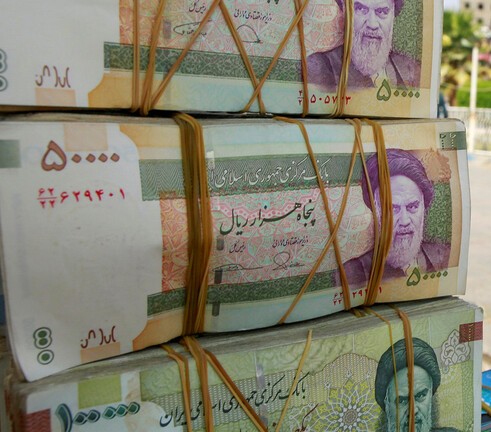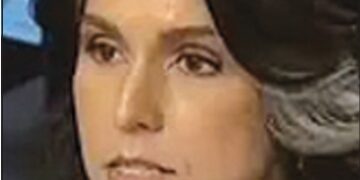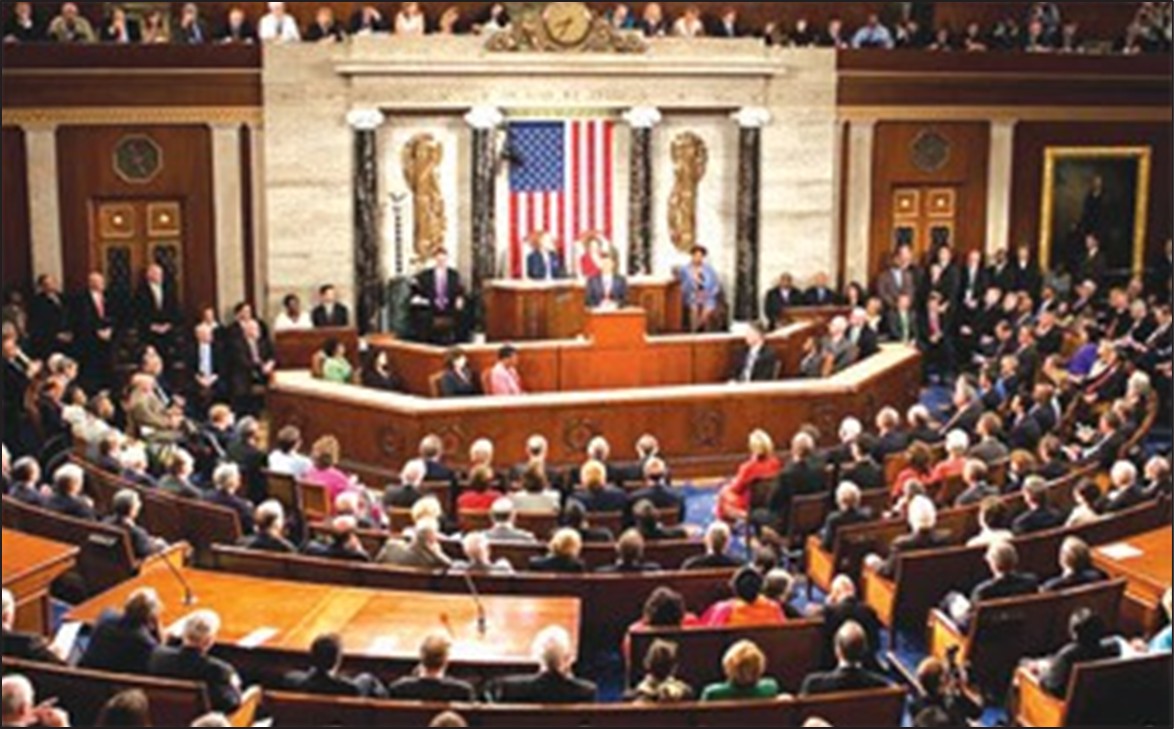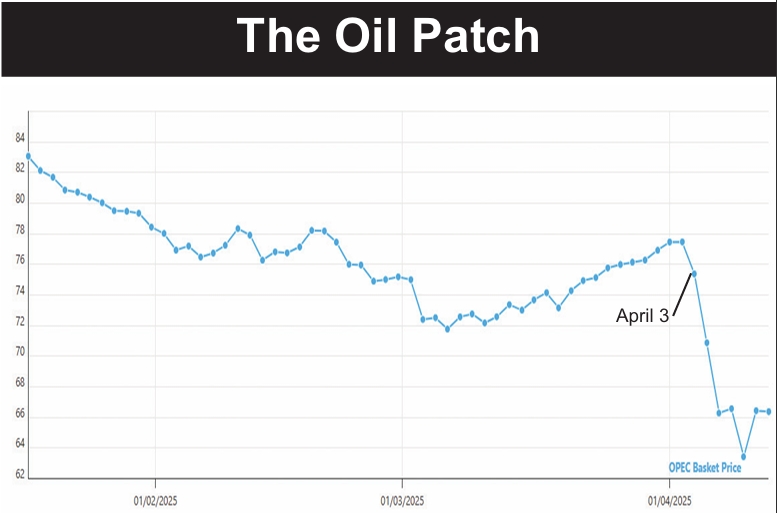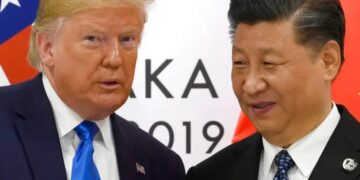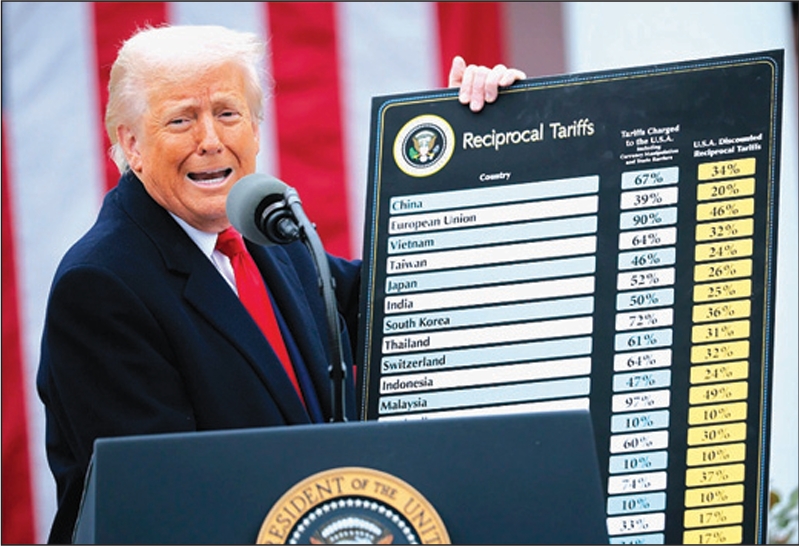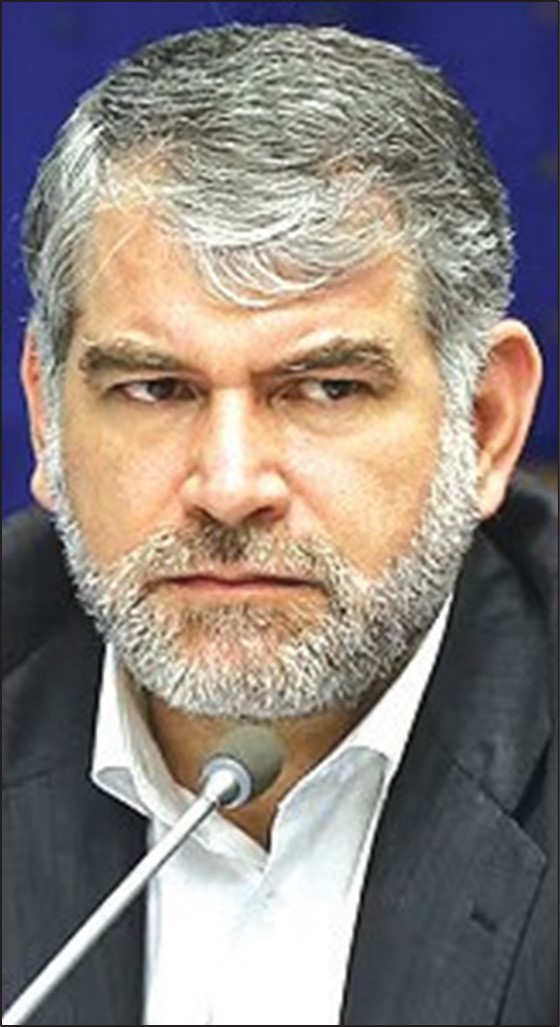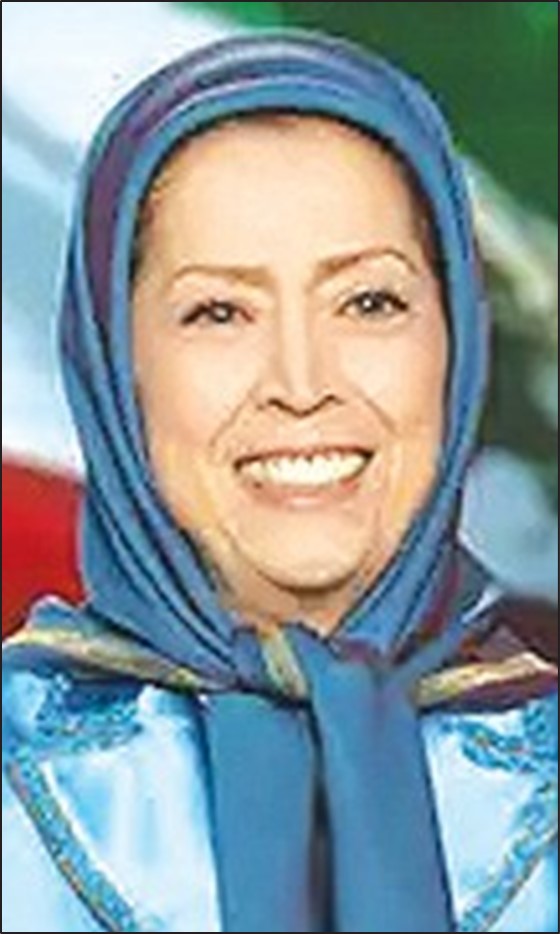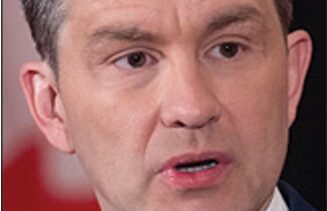April 25, 2025
For the first time since the revolution, the Tehran Museum of Contemporary Art (TMOCA) the creation of Empress Farah has put on display works painted by Pablo Picasso. The museum hid itself away after the revolution, but in recent decades has periodically opened its vaults and put on display works that do not meet the standards of the Islamic Republic, though the museum has kept its nudes under wraps. Spanning different periods of the Spanish painter and sculptor’s life, the new exhibition comprises 66 major works that most people have only seen in photos, including “Portrait of a Man,” “Cry of War” and “Echo of Sorrow.”
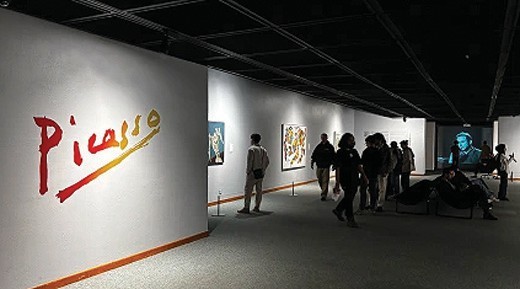
“The Painter and His Model,” Picasso’s 1927 work and the largest canvas from his postcubism period, is also on display, along with 53 other paintings. Twelve of the 26 aquatint prints from “La Tauromaquia,” a rare portfolio he produced in 1957, showcase his fascination with the bullfighting culture in Spain. They are part of the modern art collection of nearly 4,000 works held by the museum, most of which have remained out of the public eye since the Islamic Revolution in 1979.
At the opening March 11, Nadereh Rezai, Iran’s deputy culture minister for artistic affairs, was quoted by the Tehran Times as saying, “Artists like Picasso, with their unique styles, revolutionized global art.” “Contemporary art in Iran also holds a significant place, deeply influencing our culture and artistic identity,” she added. The Islamic Republic News Agency (IRNA), the state news agency, reported that the exhibition was extremely popular and that long lines waited patiently to get into it.
Inaugurated in 1977 by Empress Farah, the museum was a “pioneer in the region” in collecting modern and contemporary art from Europe and America, according to Sussan Babaie, a professor of Islamic and Iranian arts at the Courtauld Institute of Art in London. “That collection was enormously important in bringing attention to the then-vibrant art scene in Tehran,” she told NBC News.
The museum’s collection includes paintings, prints, drawings, photographs and sculptures by the likes of van Gogh, Monet, Renoir, Degas and Dali, housed “in a purpose-built modernist structure,” she added. But after the monarchy was overthrown in 1979, many of TMOCA’s works were locked away as clerics deemed them inappropriate, citing nudity and other sensitive themes.
The museum has slowly reclaimed its place in Iran’s cultural life, and, in 2012, it put on a firstof-its-kind show featuring works by pop artists Andy Warhol, David Hockney and Roy Lichtenstein, among others. Last year, TMOCA put on its highly successful “Eye to Eye” exhibition, extended twice due to public demand, where it showcased long-hidden works by Western artists from its collection, which was valued at somewhere between $3 billion to $4 billion in 2021 by the museum’s architect and former director, Kamran Diba.

